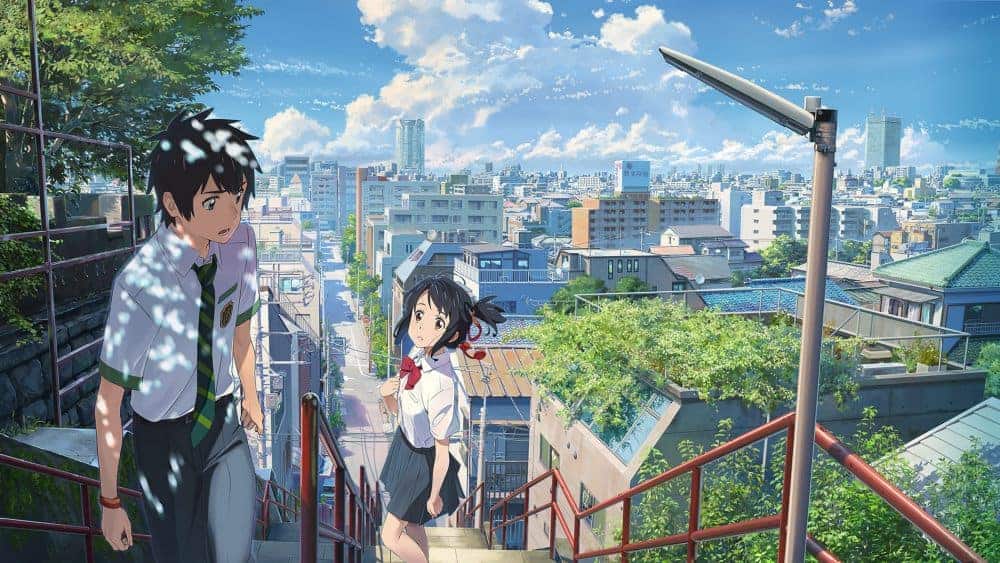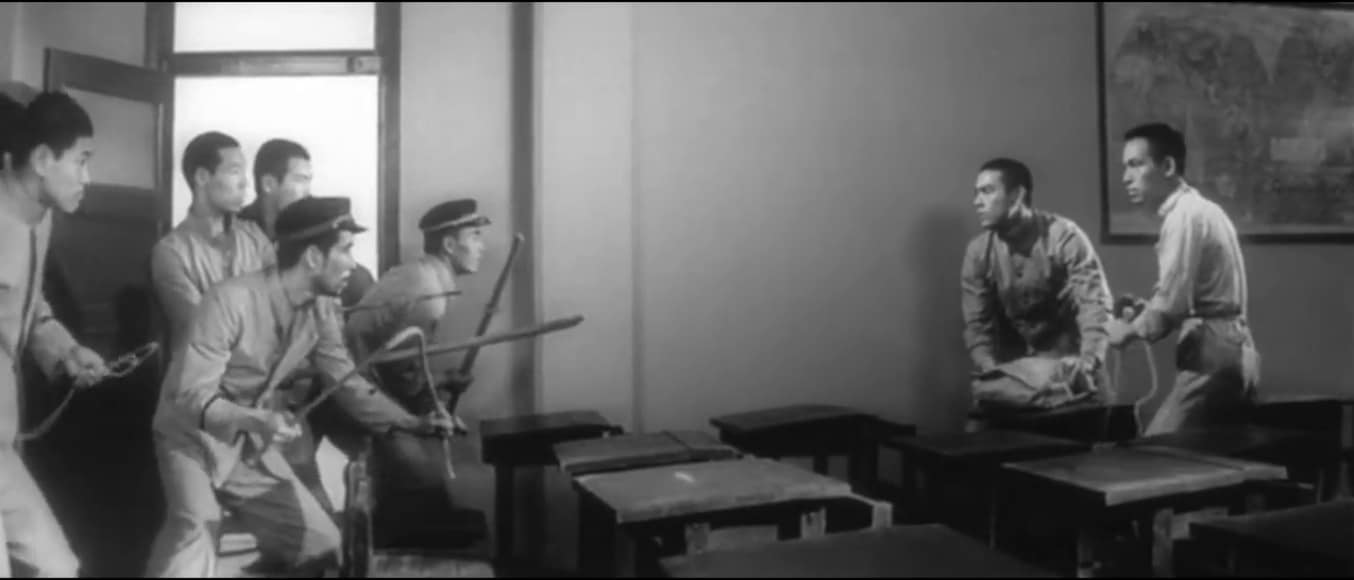If 2017's “Steel Rain” was an idealistic, rather narrowed down look at the quest for Korean reunification and the forces that may come between that, then its sequel, “Steel Rain 2: Summit” is the broader, more refined version of the same vision. It may be entirely unrelated to its predecessor but it is hard to avoid making comparisons, especially given both share the same ambitious end goal. However, where the latest instalment thrives is in its dedication to acknowledging the rest of the cogs in the cluttered machine that is the strained inter-Korea relations, and the ways that all sides can manipulate each other in the quest for fiscal, and non-fiscal, power and gains.
“Steel Rain 2: Summit” is screening at the Florence Korea Film Fest

Central to proceedings are the leaders of three countries crucial to the quickly arriving peace summit: US President Smoot (Angus Macfadyen), South Korean President Han Kyeong-jae (Jung Woo-sung), and the chairman of North Korea (Yoo Yeon-seok). Together, they share the same objective of nuclear peace, but harbour opposing views on how to get there, quickly realising during talks that take place in Wonsan, North Korea, that it may take some time to arrive at a mutual agreement. For one, President Smoot and North Korea's chairman find themselves at odds with each other's egos, never stepping down and letting the other side take even as much as an inch in negotiations. Add that to the rather hapless figure of South Korea's President Han, who acts as a pseudo-moderator in his attempts to restore parity to these crunch talks to no avail, and it feels like any idea of harmony between these nations may be quite far-fetched.
However, the stunted attempts at parleying are soon halted completely by the Supreme Guard Command Chief of North Korea (Kwak Do-won), who, down to his aggressive disagreement at any treaty, attempts a coup, and in turn takes all three leaders hostage inside a nuclear submarine. Here, the facts are laid out bluntly, and over the course of half an hour or so we become privy to key decisions made in China, USA, Japan, North Korea and South Korea, all of which could compromise the overriding ambitions of the talks. It does feel rather hyperbolic, with a mind-bending amount of things happening in the background, but the core element remains simple; the three in power must find a way to escape the submarine in the middle of a typhoon, and stop any coup from coming to fruition.

It is the intensity which mostly makes “Steel Rain 2: Summit” engaging, with its grand climax and against-all-odds tail of triumph easily investable, and far more simplistic to follow than the intricate scheming which takes place during the movie's beginning. While the viewer may be able to predict a chunk of the resolutions, there are some genuinely heart-warming moments which eschew the tropes of a thriller, and deliver moments of impact amongst run-of-the-mill action scenes. The carefully placed humour works well too, giving welcome breaks from the occasionally breathless points of intensity, whilst also helping to ensure that those who may not be fully invested in geopolitical relations are kept entirely involved with proceedings.
Continuing, despite the rather hefty runtime of over 130-minutes, the film does feel snappy enough to justify its length. The long, tactical first act is complemented by a rapidly unfolding second, and none of the breezily-paced action sequences feel overlong. It is a smart choice from director Yang Woo-seok who did suffer from involving too much filler in his first attempt at an inter-Korea action flick, which ultimately makes his bolder, left-leaning follow-up a greater success. That is not to say all of Yang's choices work, with the typhoon element feeling rather bizarre and somewhat excessive, and his characterisation of his leads spread far too thinly to allow them to flourish aptly, but as far as confined idealistic thrillers go, this one maintains its enjoyability throughout.
In terms of acting, “Steel Rain 2” does benefit from an experienced, enthusiastic cast, all of whom perform their given roles with a consummate flair. Kwak Do-won relishes his chance to play the murky Supreme Guard Command Chief, giving his depiction a pull-no-punches intimidation and smarmy backhandedness, whilst Yoo Yeon-seok gives a colourful energy to the North Korean chairman, Angus Macfadyen syringes President Smoot with a Trump-esque arrogance, and Jung Woo-sung affords President Han both anxiety and optimism. It certainly helps paper over some of the aforementioned cracks in characterisation, with every member of the ensemble pulling their weight adeptly.
Technical credits must be given to cinematographer Kim Tae-sung, who accurately captures the claustrophobic sense of both the submarine and the small room the men in power are forced to reside in as hostages. Kim also gives a colourful light and realism to the large political buildings and offices in which key decisions are made, which gives the film a believable worldscape to operate in, thus ensuring that although the plot may stretch to exaggeration, the places in which these plot-points take place do not.
In conclusion, although Yang Woo-seok's sequel to “Steel Rain” is far from permanently rousing, and oversteps the mark on occasion, his follow-up to the well-regarded 2017 action-thriller is still competently made, seamlessly amusing and, for what it is worth, a justifiable watch which marginally improves on what had come before it.















